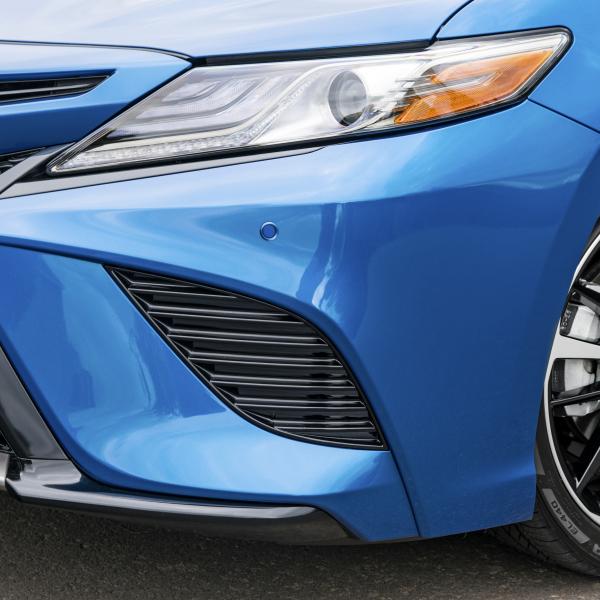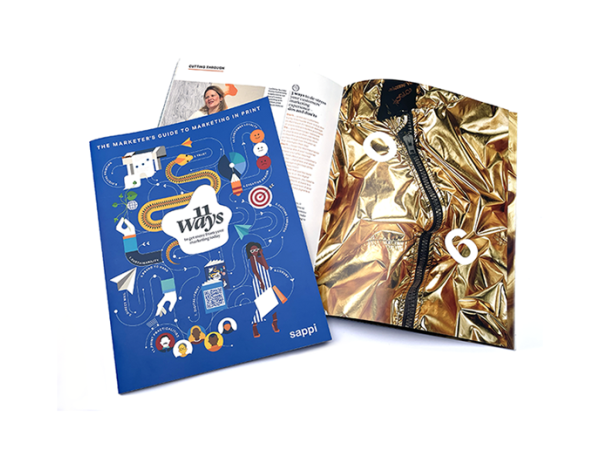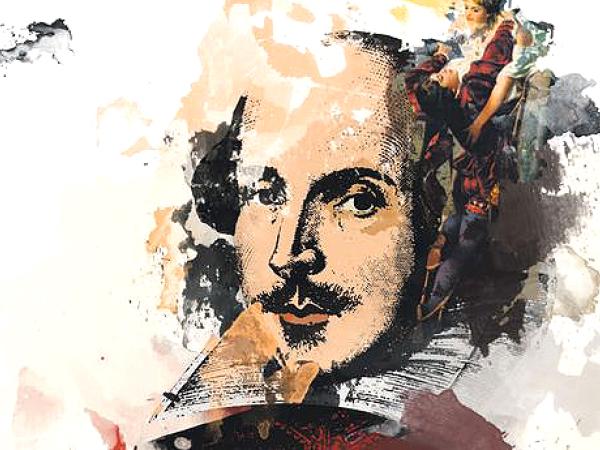The Clever Use of Print in Toyota’s Sensations Campaign
As part of their multi-channel Sensations campaign, Toyota surprised and delighted magazine readers with an unusual print insert.

Toyota’s newest car launched with an ad that got consumers using touch, smell, sight and hearing. Toyota Senior Analyst Ann Dragovits reveals the secrets of the brand’s “physical campaign” to excite all the senses.
When Toyota planned its Sensations campaign for the all-new 2018 Toyota Camry, one standout element was a print insert for InStyle magazine, conceived by Toyota’s Ann Dragovits and her team.
"This was a tactic that was tactile – it was something you could hold and feel"
Upon reaching the insert, readers were invited to take hold of the car door-style handles, put their thumbs on two sensor pads, and open the insert to reveal the Camry’s interior from the driver’s perspective.
The pop-up created a 3D environment, while the sensor pads monitored the reader’s heart rate on a light-up monitor where the infotainment system would usually sit – they were invited to ‘let your heart race’ and watch the results in real time on the heart-rate monitor.
"Our goal was to bring someone into the interior of the all-new Camry in a way that was personalised to them, which we did by monitoring their heartbeat. We worked with our partners to model the interior with a pop-out, 3D layered effect, so that, when you open the gatefold and have your fingers on the heart-rate monitor sensors, it really comes to life."
An immersive experience
‘It leveraged all the senses,’ continues Dragovits. ‘In addition to touch, there was sight and sound with the heartbeat monitor, and even smell – we were able to incorporate a smell similar to the Camry’s leather interior, which helped to fully immerse readers into the experience. While we do feature the exterior on the outer folds of the insert, the focus was, for the first time, really on the leather interior. We were able to move the needle on people’s excitement about the attractive styling – print’s multiple layers enabled us to do this.’

A targeted strategy
The Toyota team acquired data to help understand which InStyle readers would respond best to the advertising and target them. ‘InStyle was a reliable partner logistically, technically, contextually and from an audience standpoint, working with us to get this “first to market” unit placed within the magazine.’
Surprise and delight
The insert went out to 50,000 of the magazine’s subscribers and the results were amazing. ‘We received more than 108 million PR-related impressions – across various free magazines and digital sites – and that was in just the first two months after the unit was released, which was huge for us,’ reveals Dragovits. ‘More than half the consumers spent more time with this ad than they typically do with print ads. On average, they spent around three minutes with the ad, with some spending 10 minutes. It was incredibly exciting to see how people interacted with something so engaging in print.’
Dragovits and her colleagues wanted the reader to be surprised and delighted by the unexpectedness of the insert – it’s something you wouldn’t normally find in a magazine.
"The insert was part of the broader Sensations campaign, the purpose of which was to tap into our drivers’ emotions and sensations – all the elements were crafted to showcase what it would be like to drive the Camry. We didn’t just want to tell them, but to give them an experience of what it would feel like."
Print’s physical presence made the insert an integral part of this approach. ‘There’s more engagement and better brand recall when more senses are involved,’ Dragovits points out. Across the campaign as a whole, the team relied on all channels to work together to achieve their goals.

‘It wasn’t about choosing one medium over another, it was about how these tactics complement each other throughout the broader campaign,’ says Dragovits. ‘Each channel has its strength and we look at how we best utilise these strengths within them. There are always opportunities for thinking outside the box – we pushed the boundaries of what you can potentially do in print. Knowing it is such a tactile medium and being able to leverage sight, sound, motion and smell has really opened up a lot of thinking around the medium itself.’


